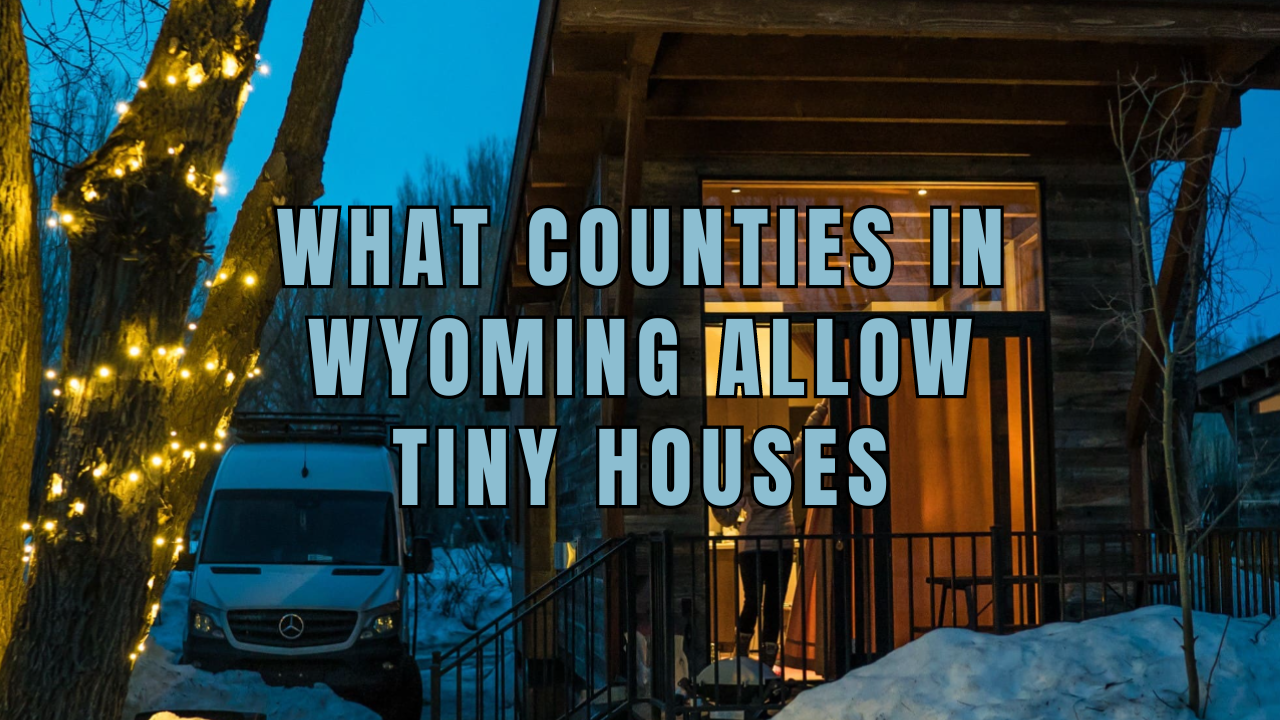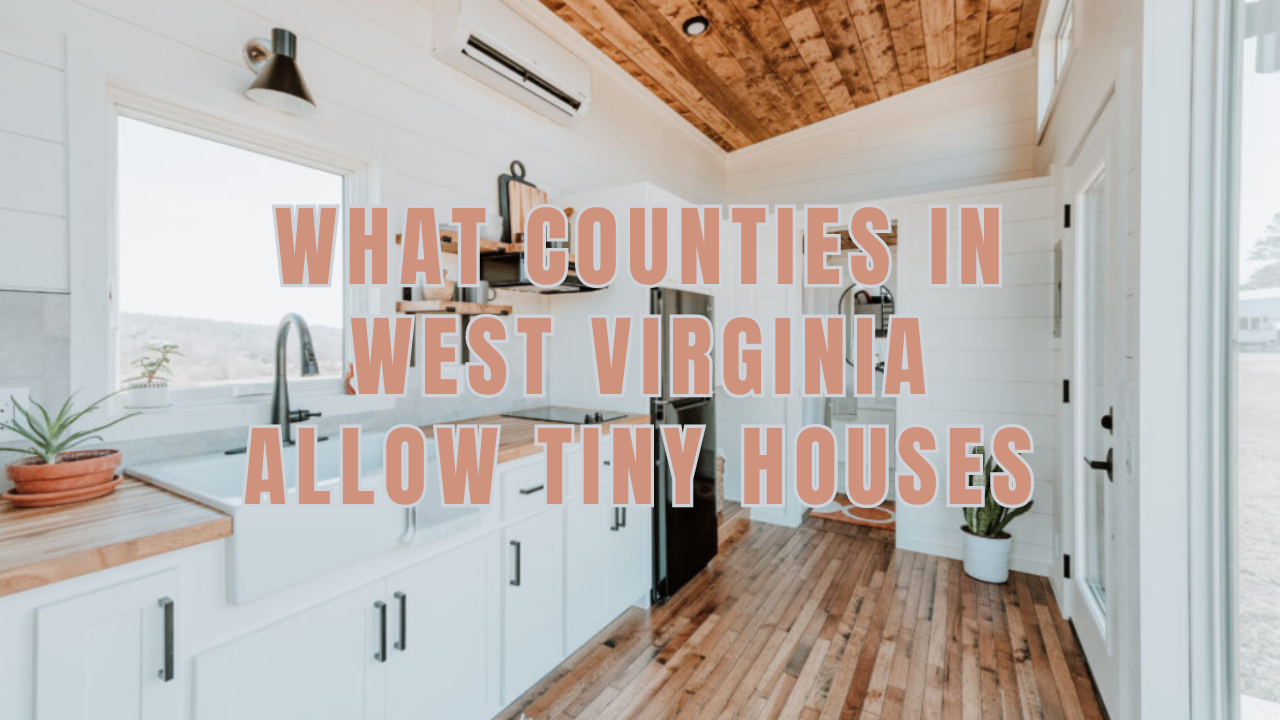Are you researching where to buy a tiny house in California but unsure of the rules and regulations? Before you start building your dream tiny home, know which counties in California allow tiny houses and the specific set of laws you need to consider.
When building a tiny home in California, consider the various regulations, from obtaining a building permit to registering your tiny home. So, stay reading to discover the rules and regulations and much more.
Tiny House Prices in California
Now that you’ve embarked on your tiny home mission, you are undoubtedly asking about price possibilities that suit the finances and your tiny dwelling ambitions.
Good news! We offer a solution for every lifestyle and budget to help you get closer to your home improvement project. Check out California’s tiny homes for sale!
What Counties in California Allow Tiny Houses?
Several counties in California allow tiny houses, including Fresno, Los Angeles, and San Diego. According to Appendix Q, these counties have specific regulations and zoning laws that allow for the building and placement of tiny houses. However, check with each county’s planning department to ensure compliance with local rules before building a tiny house.
Fresno County
Fresno County has a reputation for being welcoming to tiny homes. The county has made headway for transportable small houses, and it is being widely acknowledged and embraced by jurisdictions, benefiting the consumer, builder, and jurisdiction by establishing a standard. It allows accessory dwelling unit (ADU).
San Diego County
San Diego County is well-known for using small houses or tiny homes for personal or rental purposes. Tiny dwellings can offer a practical solution to the current housing crisis by providing low-cost, energy-efficient housing. These tiny homes can be used as ADUs and THOWs, and they are legal in all zoning districts as long as they comply with the California Building Code.
Los Angeles County
Los Angeles County is setting the standard for affordable housing by legalizing tiny homes as backyard accessory dwelling units.
Tiny House Regulations And Rules In California
The regulations and rules for tiny houses vary depending on the local zoning and building codes. Before building or buying a tiny house in California, you need to research the regulations in your specific area. Some areas may have specific requirements for minimum square footage, while others restrict where tiny houses are parked.
Permanent Structure Rules
In California, zoning laws and municipal construction requirements apply to tiny homes constructed on permanent foundations. These houses follow the regulations set forth by the CA Building Standards Commission. There are a few fundamental guidelines for permanent structures to remember:
- A minimum of 120 square feet for the room’s size and 7 feet 6 inches for the ceiling.
- They need to resist wind loads and connect to public services like power, water, and sewage/wastewater.
- Some legal systems permit tiny houses with fixed foundations for agricultural housing or as cottage dwelling projects.
Temporary Structure Rules
Oftentimes, mobile or movable tiny homes fall under a distinct set of rules and are regarded as temporary constructions.
- Mobile homes need licenses from the California Department of Motor Vehicles or the Department of Housing and Community Development.
- These houses have to be built under the regulations of the base zone in which they are situated and have a typical residential architectural style.
- In addition, they need to resist local wind and snow loads, have their address, and connect to authorized water and sewage systems.
Transitional Structure Rules
For tiny houses on wheels in California, registration and titling are required, similar to RVs. They must comply with the California Vehicle Code, meet safety standards, and follow licensing regulations.
- Tiny houses on wheels require a permit from the local authority to park on public land.
- It is not permitted to occupy transitional buildings as a permanent home. In any given year, they are utilized for 180 days.
- Transitional constructions are subject to different rules and do not fulfill the same criteria as permanent or temporary small dwellings.
In California, Where Can I Build A Tiny House?
Your tiny house’s location is crucial. Choose a professional small house builder to walk you through the procedure, handle all the paperwork, and guarantee your home meets construction requirements.
Although building a tiny house requires effort, it does not have to be stressful if done correctly. You can find tiny dwellings in places such as:
- RV parks
- National Parks and campgrounds
- Tiny house communities
- Private properties
Tiny Home Communities in California
California has breathtaking natural beauty, fresh starts, and a frontier way of life. It seems logical that tiny dwellings thrive in California. CA is home to some of the most breathtaking scenery on earth, including beaches, mountains, and deserts. Its pleasant, year-round weather makes it a great place to live an active, outdoor lifestyle.
San Diego’s Tiny House Block
Close to East San Diego, the tiny House Block provides community living and short- or long-term small house rentals. For people searching for longer-term possibilities or wishing to go away and experience living little for a while, this resort town is ideal.
Lemon Cove Village
Lemon Cove Village is an RV park near Sequoia and Kings Canyon National Parks that welcomes tiny houses. This community, located in the foothills of the Sierra Nevada mountains, provides abundant access to the magnificent Californian outdoors, rafting, boating, and hiking, among other outdoor activities.
Delta Bay
Delta Bay Marina and Park Delta Bay in Isleton, California, offer riverfront living on 15 acres of gorgeous wooded wetlands halfway between Sacramento and San Francisco. The best parts of California living are available at Delta Bay, including wine country, neighboring animal areas, boating, fishing, and other water sports.
Tiny House Builders Near Me
Great Lakes Tiny Homes provides many small house designs with countrywide delivery, removing the need to look for local builders to select your ideal home.
In addition, Great Lakes Tiny Homes is an RV Industry Association (RVIA)-certified builder. Passionate about excellent production standards and rigorous adherence to construction, safety, and regulatory norms for tiny homes.
Do I Need a Certified Builder?
You certainly do. You could go with the DIY way, but the dangers are higher, and the outcomes are unpredictable.
Dealing with an RVIA-certified builder, such as Great Lakes Tiny Homes, ensures you possess a tiny home built following the norms and regulations.
Furthermore, it provides tranquility by ensuring that the materials in your home are safe, long-lasting, and of high quality.
Other benefits of partnering with a registered builder include access to finance and insurance. Compliance with RVIA requirements ensures your tiny home is a safe and livable space.
FAQs
Can You Make a Tiny House in California Your Main Residence?
Yes, you can live in a tiny house full-time in California.
Keep in mind that local norms and regulations may differ. The best approach is to consult with the local officials and zoning authorities to see if your small house complies with requirements and guidelines, including inspections.
Do your research and collaborate with qualified builders to experience the benefits of a more straightforward and more sustainable living in California.
In California, Does My Tiny Home Need to Pay Property Taxes?
The location of your tiny home in California determines whether you need to pay property taxes. You must pay property taxes if you possess the land where your home is parked. However, if you rent a site for your home or park it on someone else’s property, you will most likely not be obliged to pay property taxes on your home.
In California, What Size Qualifies to Be a Tiny House?
The California Building Standards Commission oversees both the California Building Code and the California Residential Code (CBSC). According to California tiny house legislation, the following qualities are necessary for a small home to fulfill the criteria of the CBSC.
- An area with a minimum floor space of 120 square feet.
- The minimum height for the ceiling shall be 7 feet 6 inches.
- A minimum size of 70 square feet overall for all additional living quarters.
Conclusion
Remember that while tiny dwellings are allowed in several Californian cities, local laws differ. The state is also setting the standard for inexpensive housing and accepting tiny dwellings as secondary residences in backyards.
All things considered, anyone wishing to construct or move into a small home in California should do extensive research and comprehend the rules, zoning restrictions, and possible expenses related to tiny house living.





